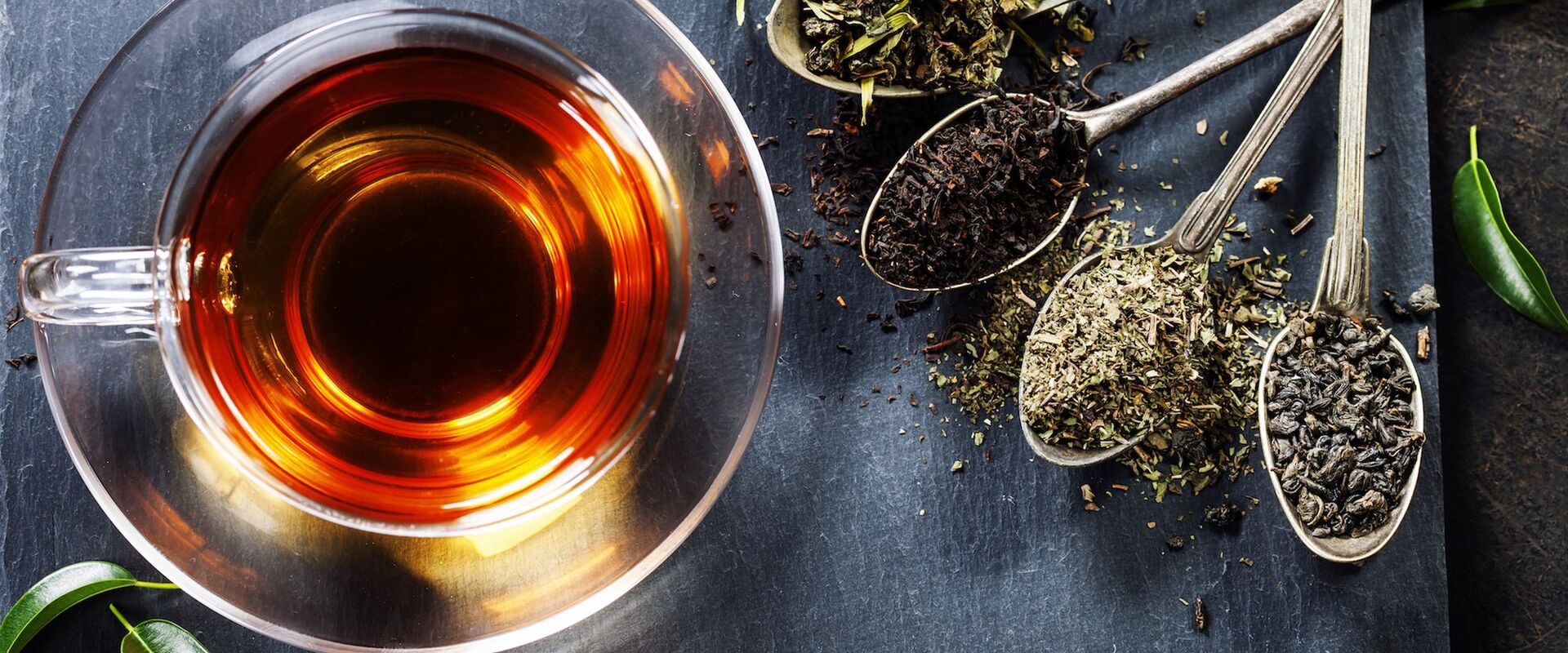A voyage through the world of tea: phytopharmacological properties
2017-10-16
"Peace, tranquillity, a sofa and a cup of tea are more important than anything else,” wrote Theodor Fontane. It may be true, but this fascinating beverage with a long history behind it is much more than this: it is
an investment in health. One of the few cases in life in which something that gives us pleasure – all of us, not only poets, philosophers and meditators – is actually good for us!
Felix Bürklein, tea sommelier at
Teekontor Keitum on the island of Sylt in the North Sea, tells us about the virtues of tea, particularly green tea, and the differences with respect to its eternal rival, coffee.
How many kinds of tea are there, Felix, according to the Chinese colour classification?
“
China is not the only “place of origin” of tea. The experts don’t agree on this, but history suggests tea may also have originated in Japan. There are plenty of legends about which country first invented tea, but it’s not clear who should get the “copyright”. The fact is, however, that tea has had an impact on the course of history, from the Boston Tea Party in America to the opium wars in China. But why use only the “Chinese” colour classification? What about the South African teas, for example, such as Roiboos and Honeyboos? In any case, according to the Chinese colour classification, we have black tea, green tea, white tea and yellow tea. But there’s also red tea and blue tea. The classification is based not on the type of leaf but on its colour after fermentation, which becomes essential in determining how the drink tastes.”
How many types of tea are there on the basis of the commercial classification?
“
The commercial classification is very simple: black tea and green tea. In Germany, 80% of the market is dominated by black tea.”
What are the phytopharmacological properties of the drink?
“
The phytopharmacological properties are a very complicated issue. We might say that consuming tea results in overall reinforcement of the immune system. The polyphenols in tea fight free radicals. Radicals are freed by alcohol and nicotine consumption, and by stress. And so tea lowers the risk of cardiovascular disease. It also helps fight tumours, and prevents premature ageing of the skin. Other substances contained in tea protect against infection. Plus the beverage aids the digestion and lowers cholesterol levels.”
Does green tea really have more health-giving properties than other kinds of tea?
“
Green tea contains Epigallocatechin gallate, also known as EGCG (not to be confused with ACDC!), in much higher concentrations than other kinds of tea. This natural anti-oxidant fights tumours and promotes blood cell growth. It is also useful for fighting degenerative diseases such as Alzheimer’s and Parkinson’s. So green tea really is good for you.”
Which keeps you awake more? Tea or coffee?
“
According to nutritional science, the caffeine in coffee is absorbed through the blood, that is, it is absorbed directly and has a short-term energising effect, while theine, the caffeine in tea, is absorbed through the central nervous system, so that it has a longer-lasting effect than caffeine from coffee. This explains why you shouldn’t drink a strong cup of black tea in the evening, unless you want to stay up all night, because theine stays in the body longer.”
Mariagrazia Villa
